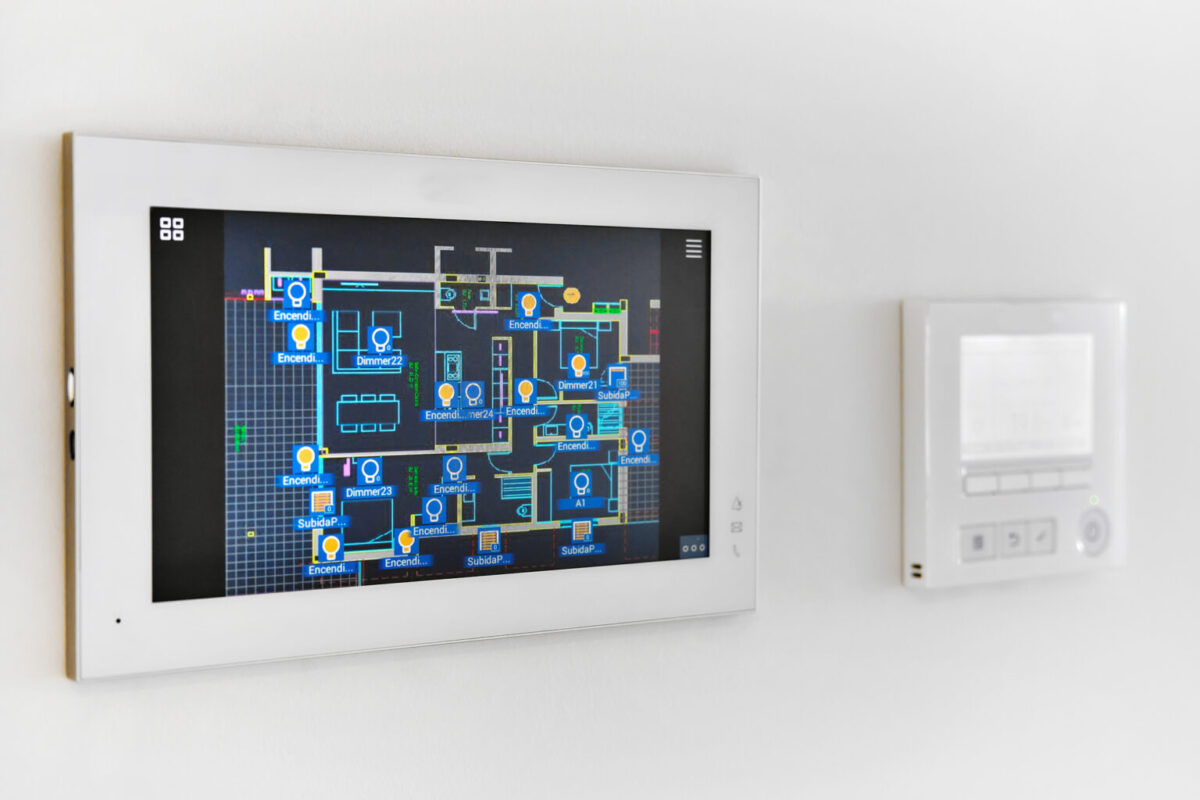Australia's national science agency, CSIRO, said the Digital Infrastructure Energy Flexibility (DIEF) pilot project will use software technology to intelligently control the power usage of up to 200 buildings in New South Wales, providing access to devices that consume more than 5 MW of power from the grid.
The buildings will be connected to the CSIRO’s Data Clearing House (DCH) software platform, allowing the power usage of the devices to be coordinated to match up with periods of high renewable generation. The CSIRO said the AUD 11 million ($7.19 million) DIEF project brings together a consortium of private companies, and education and government institutions to drive the development of new technologies to support flexible demand for energy.
Flexible demand is the coordinated orchestration of electrical load in response to generation, network, or market signals and offers a way to lighten the load on the grid during busy periods, provide consumers with more control over their electricity usage, and lower peak demand.
“Flexible demand is critical because it ensures grid stability, reduces costs, supports increasing renewable energy integration, and enables a more sustainable and efficient energy system,” said CSIRO Energy Director Dietmar Tourbier.
“This project has the potential to create a new ecosystem of technologies and solutions that will give consumers more control over their energy bills and emissions.”
While flexible demand offers an alternative to the traditionally rigid energy network infrastructure, the CSIRO said the approach is still nascent and requires new technologies, market processes and ways of engaging with energy users.
Popular content
“The DIEF pilot project will address these issues, bringing together a consortium of project sponsors responsible for funding, research outcomes, coordinating artificial intelligence competitions and onboarding buildings onto the digital platform,” the agency said.
Stephen White, chief research consultant for energy at the CSIRO, said the DIEF project will allow property owners within the pilot to share data and identify opportunities for energy flexibility and productivity improvements.
“This technology will not only allow people to get data out of their buildings and make it accessible to their service providers, but they will also be able to receive data from external providers such as the electricity market and the Bureau of Meteorology,” he said.
“When people process all this data, they can discover cost trends and plan accordingly.”
The data collected during the trial will be used to inform the government on the creation of a flexible demand policy and asset register.
Members of the DIEF consortium include electricity retailer Amber Electric, digital tech companies DNA Energy and Nube iO, electric vehicle charging specialist EVSE Australia, and energy technology company Wattwatchers. The consortium also includes Property and Development New South Wales, research collaborative RACE for 2030 CRC, the University of New South Wales, the University of Wollongong, and the New South Wales government.
This content is protected by copyright and may not be reused. If you want to cooperate with us and would like to reuse some of our content, please contact: editors@pv-magazine.com.



By submitting this form you agree to pv magazine using your data for the purposes of publishing your comment.
Your personal data will only be disclosed or otherwise transmitted to third parties for the purposes of spam filtering or if this is necessary for technical maintenance of the website. Any other transfer to third parties will not take place unless this is justified on the basis of applicable data protection regulations or if pv magazine is legally obliged to do so.
You may revoke this consent at any time with effect for the future, in which case your personal data will be deleted immediately. Otherwise, your data will be deleted if pv magazine has processed your request or the purpose of data storage is fulfilled.
Further information on data privacy can be found in our Data Protection Policy.